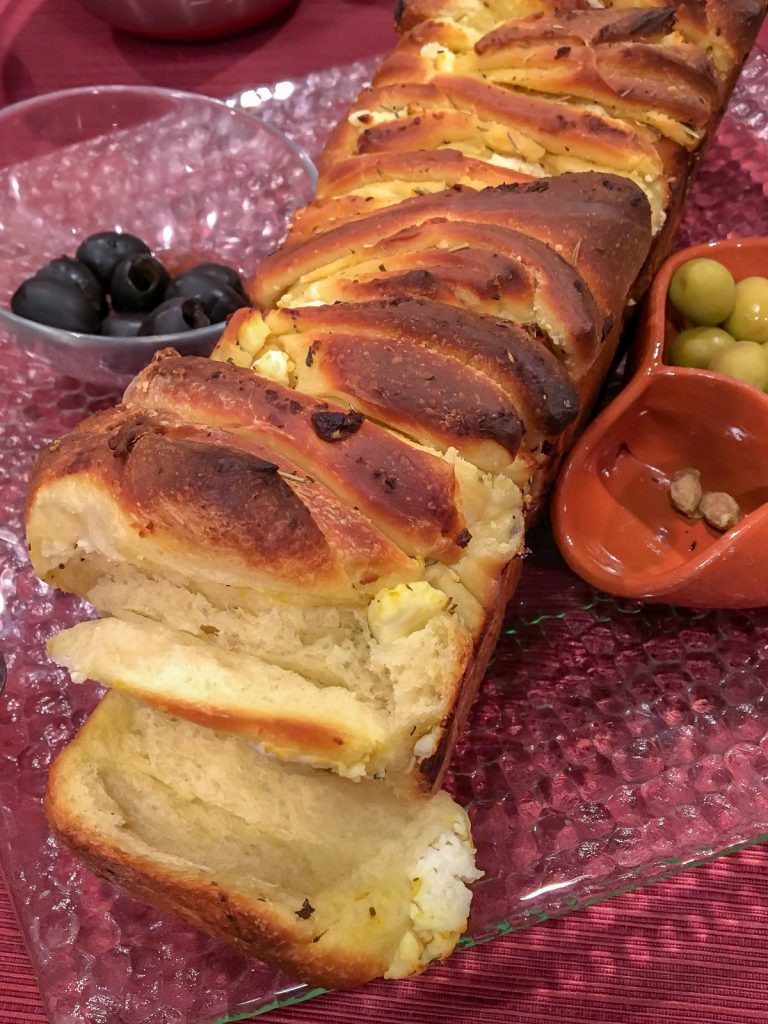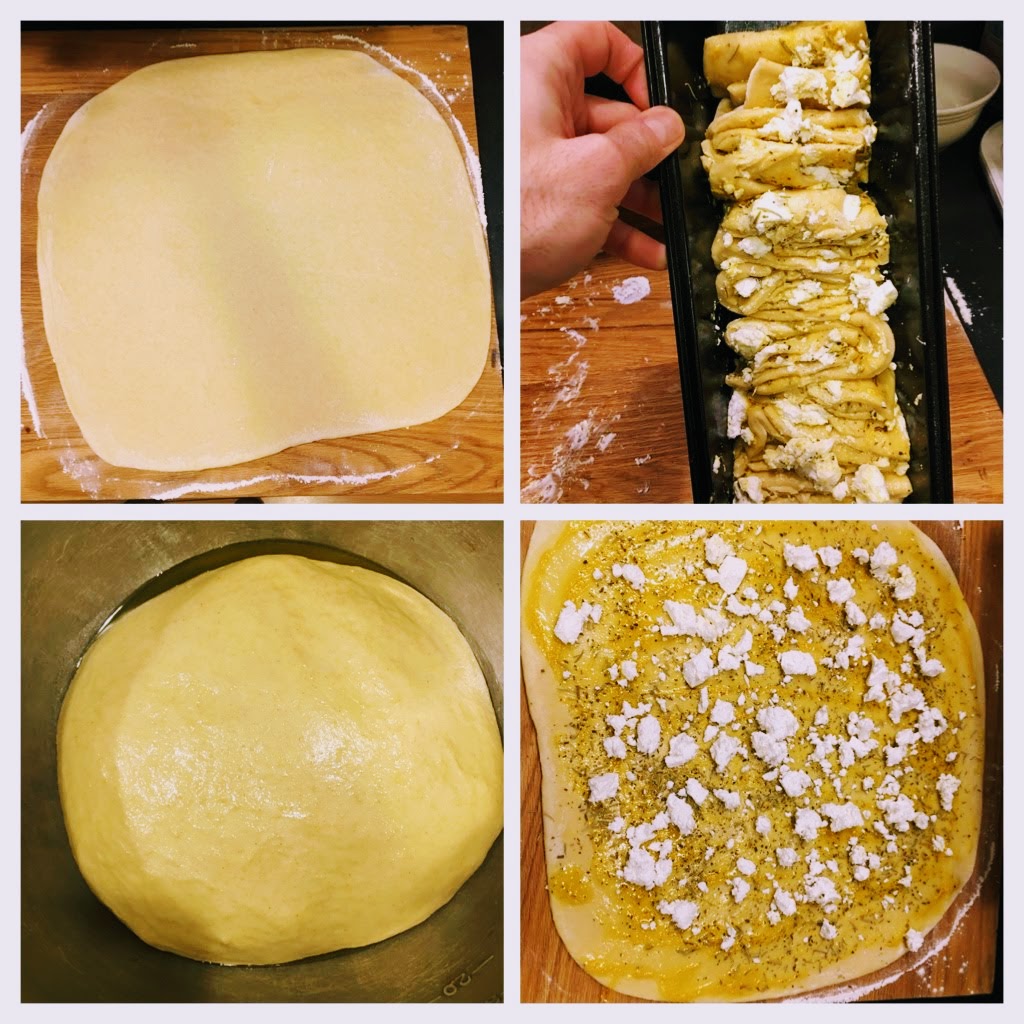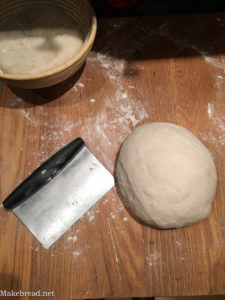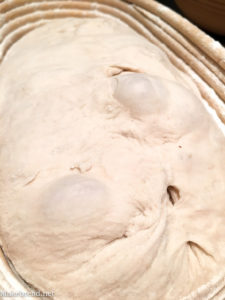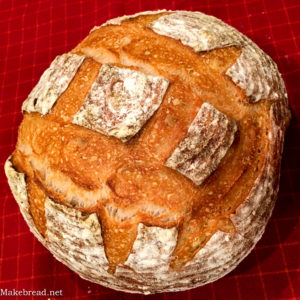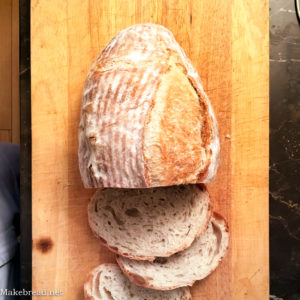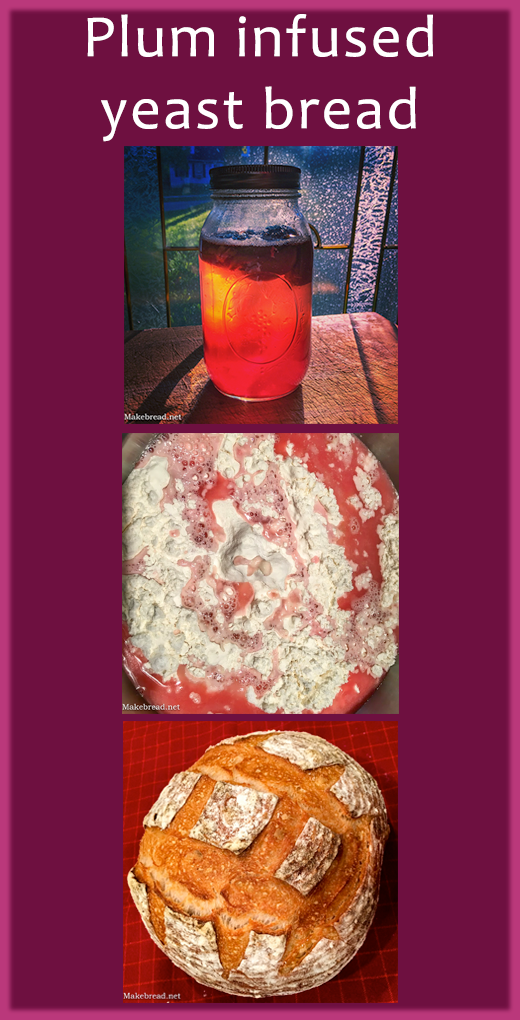Making a 225 year old bread
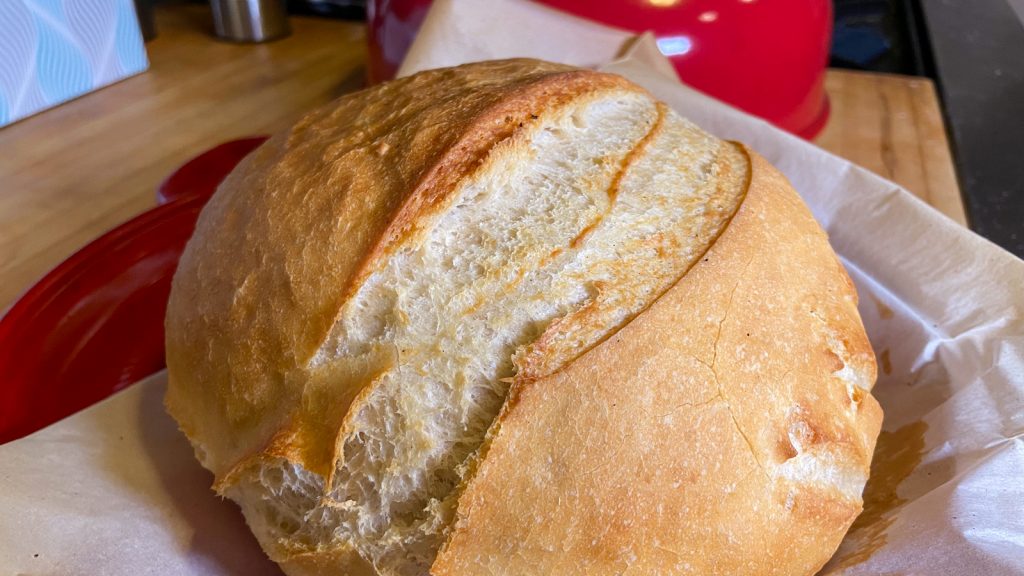
When I started baking homemade bread some 15 years ago, my “go to” bread book was “The Complete Book of Breads” by Bernard Clayton. This book still holds up and I encourage any baker to pick it up and try his recipes. The breads in the book have easy to follow recipes and have a nice background story on why each bread was selected. For today in particular, this book has a recipe for an old french bread daily loaf (Pain Ordinaire) from a baker named Antonin Careme, who was known as the “cook of kings and the king of cooks”. Careme said that this bread recipe pleased kings and nobles wherever he went and that anyone could make this bread, anywhere, with pleasing results that are easy to achieve.

It turns out that Careme was one of the original “celebrity chefs” while he lived in 18th and 19th centuries so it’s no wonder that Clayton included this formula in his book. It’s also then not very surprising that this formula makes an amazing loaf of homemade bread, even 225 years later.
*as a side note on Antonin Careme, he is credited for being a major component of the French cooking revolution “Grande Cousine” or Haute Cuisine, where fancy platings and different flavor profiles are layered on one another. He is also credited for creating the now traditional “chef’s hat”. This guy was no slouch!
The bread made by this old bread recipe has a soft crust like you would find on a baguette, and a soft crumb like you would find on a sandwich loaf. This is certainly a good analog to the soft Hokkaido Milk Bread we’ve made in the past and can show you how a little different technique and ingredients can change the final bread! It’s a great all around French bread and really think you’ll enjoy making and eating it.
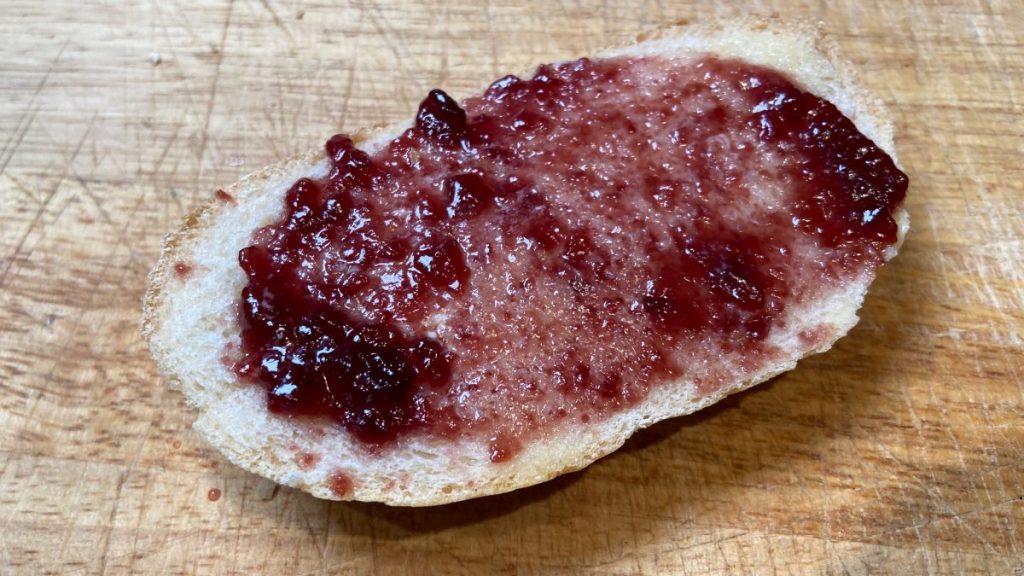
Making This Homemade Bread
While I’ve followed the original recipe as closely as possible, I did take a couple of small liberties in the baking process. Firstly, the recipe would make two large boules so I scaled it down to make just one. Also, while Clayton instructs readers to bake the bread directly on a baking sheet, I decided to use my Emile Henry bread cloche to give the bread a better crust due to the steaming that the cloche promotes. The cloche will help your bread achieve a great crust!
Another slight modification from the original is that I added 2 teaspoons of salt instead of the recipe’s instructions to use just 1. I tasted the dough after kneading and felt that the flavor was lacking so I added another little bit of salt and that seemed to do the trick.
One thing that’s slightly different about this recipe that I’d forgotten about was the wet autolyse mixing. The recipe calls for all the water and yeast, and only half of the flour to be mixed for the first 10 minutes. This creates a wet batter-like mixture that kicks off the gluten development in what I’ll call a “dynamic autolyse”. When we do an autolyse period for sourdough or other types of breads, it’s a pretty static process in that we mix the water and flour and yeast and let things sit. With this recipe you take just half the flour and start the autolyse period during mixing for 10 minutes.
After the initial 10 minute period, the rest of the flour and all the salt is added while the dough is kneaded. From there you let the dough rest and bulk ferment for 2 hours. During this time, the bread will more than double before it gets shaped and goes to the final rise and then finally to the oven for the bake.

Keep in mind that this recipe is fairly old and also very simple, so this bread can be made by bakers of all stripes and in almost any condition. If you go away on vacation you can pull this up on your phone and impress your family with an easy to make fresh baked loaf of bread in the mornings!
Bread Recipe
Pain Ordinaire Careme
This recipe was originally created some 225 years ago by celebrity chef Antonin Careme and can be found in Bernard Clayton's book "The Complete Book of Breads".
It is a very straightforward, easy to make recipe that anyone can make without much preparation or drama.
- 500 G King Arthur All Purpose Flour
- 300 Ml Water (Warm)
- 2 tsp Salt
- 1 pack Yeast
Mixing and Kneading
Add half of the flour, all of the water, and all of the yeast in to the mixer bowl and mix with the flat beater for 10 minutes
Switch to the dough hook
Incorporate the rest of the flour and all of the salt in to the mixture and knead for 10 minutes
The dough should be soft, smooth, and clean the sides of the bowl.
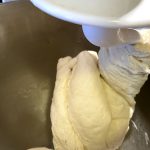
Bulk Fermentation
Cover the bowl and let the dough rise for 2 hours. It will more than double during this time.
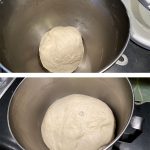
Shaping and Final Proof
On a very lightly floured surface, turn the dough and shape to your desired loaf.
Place the shaped dough in to a proofing basket and cover with plastic
Baking
Preheat the oven to 425˚F with the bread cloche
Remove the bread from the proofing basket and place it on a sheet of parchment paper
Score the bread with a lame or sharp knife to avoid "blowouts"
Load the bread in to the cloche and bake for 15 minutes with the lid
Remove the lid and finish baking for another 15 minutes or until the crust is nicely browned
Remove from the oven and let it cool before enjoying, about 10 minutes
These tools, found online, will help you bake bread at home just like the one I made here. If you follow these links and buy something, I will receive a small percentage to encourage me to keep baking and sharing with you!
